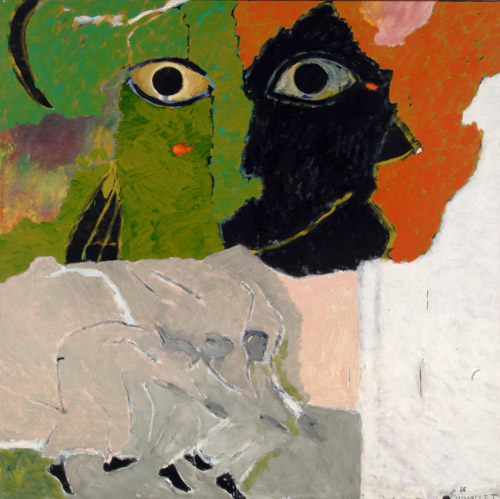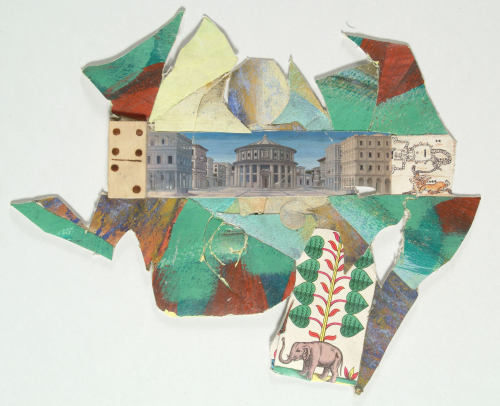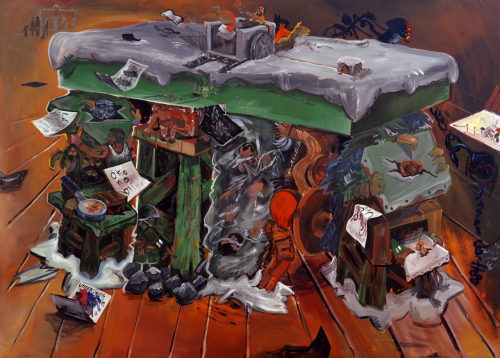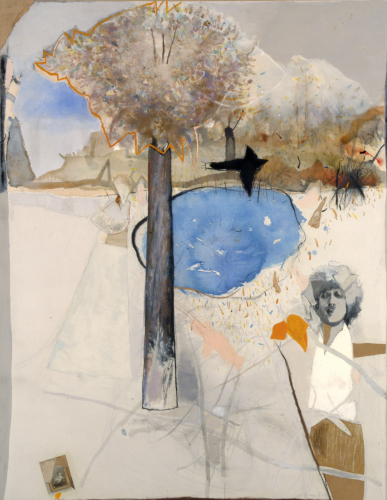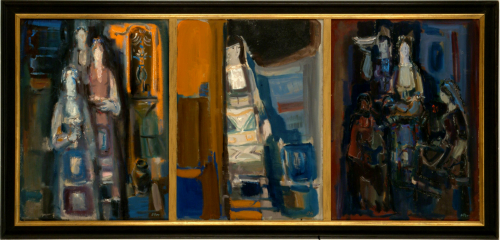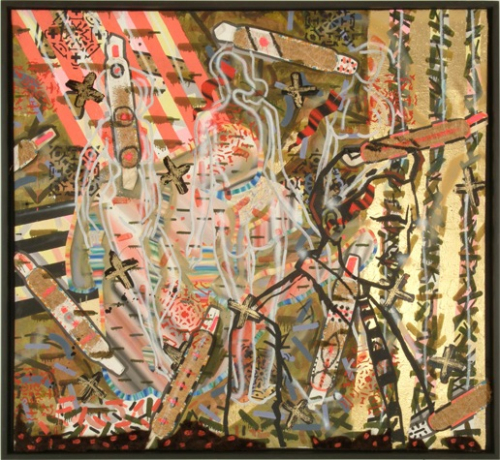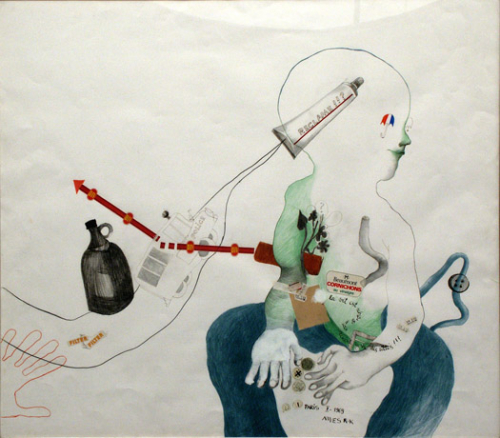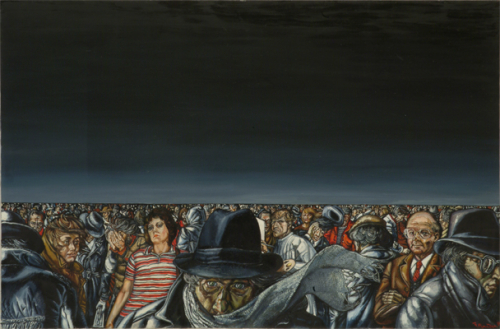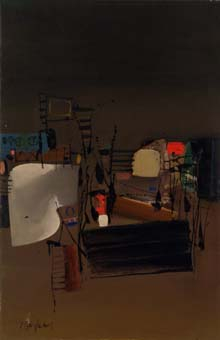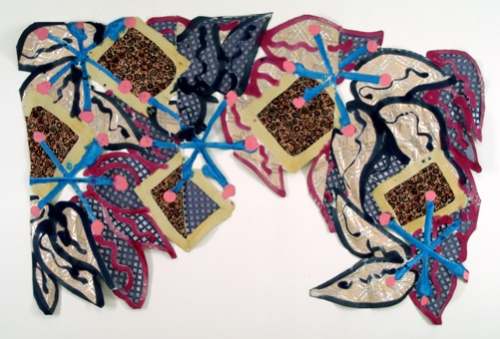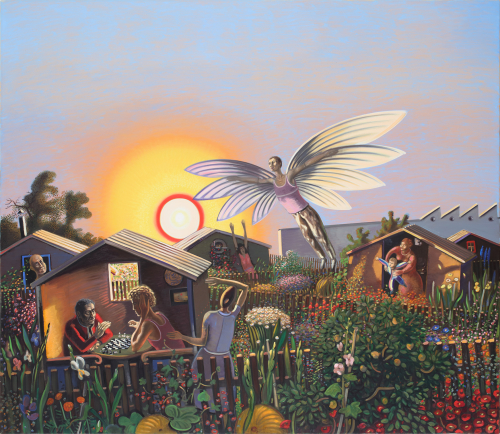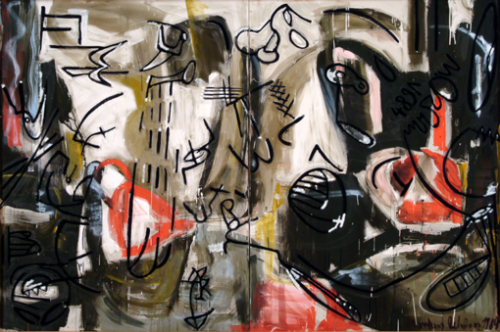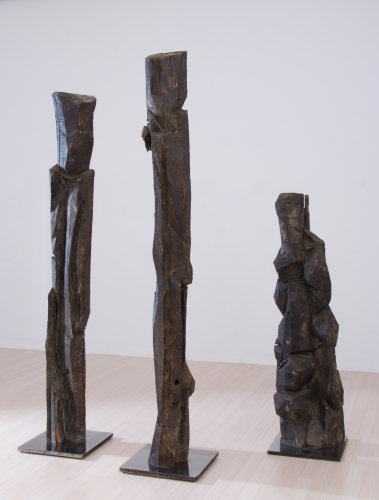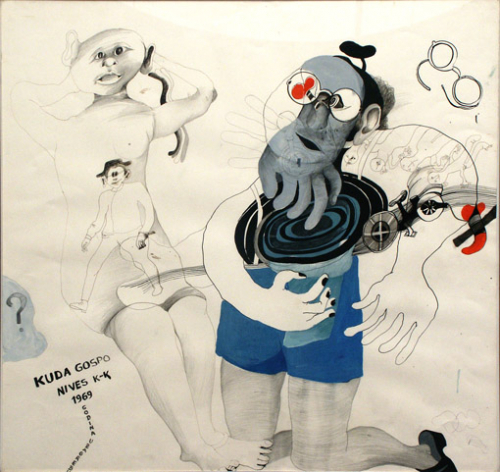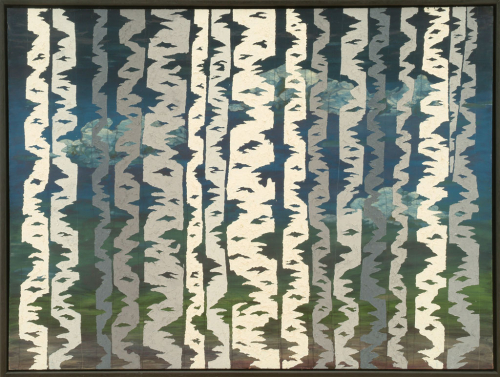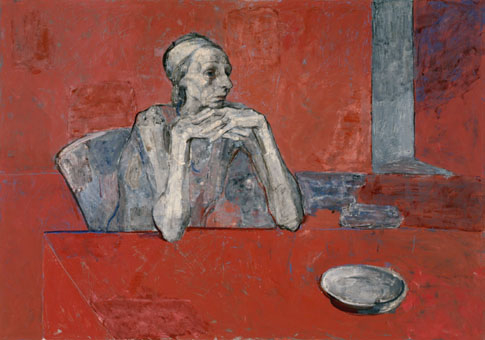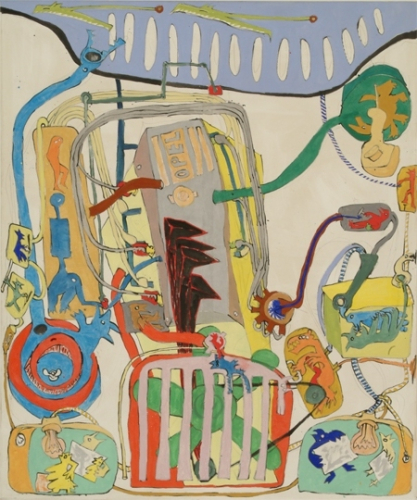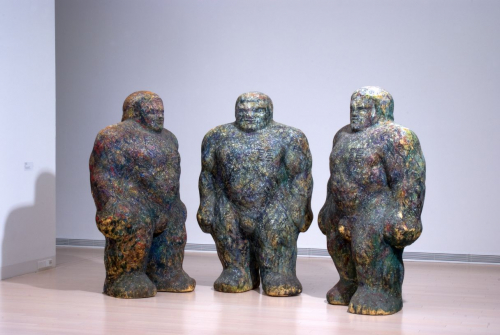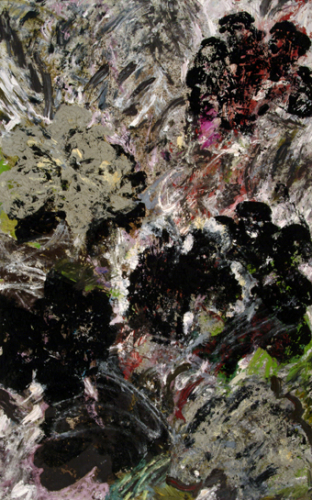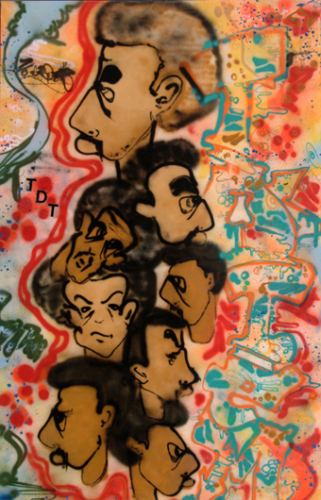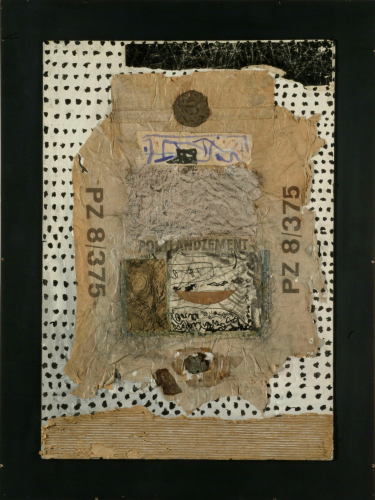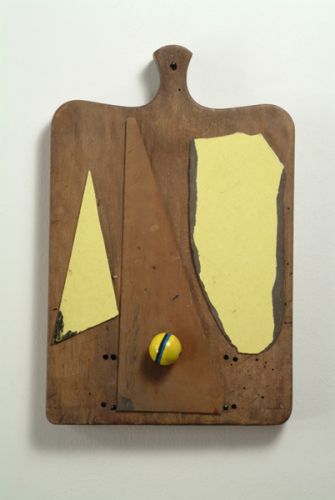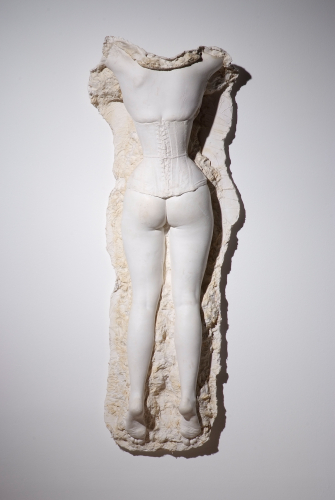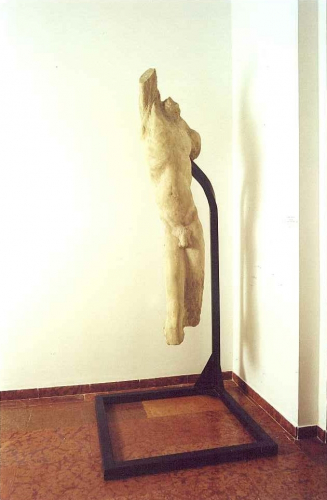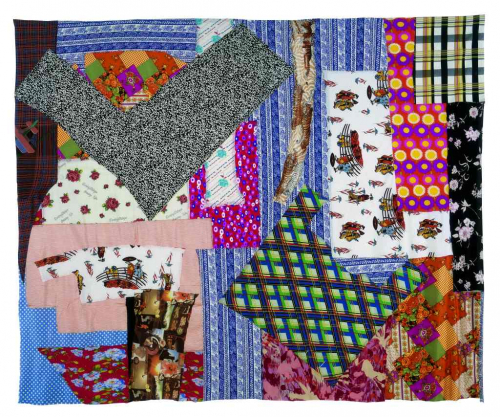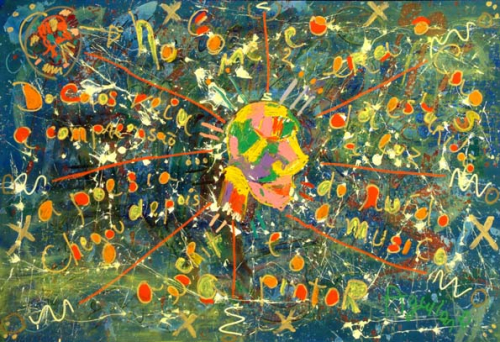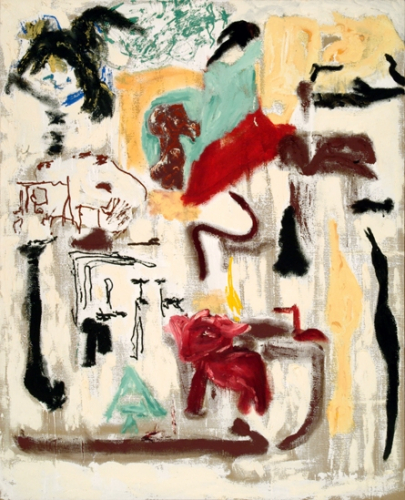For detailed content of the documentation contact our colleague at: adattar@ludwigmuseum.hu
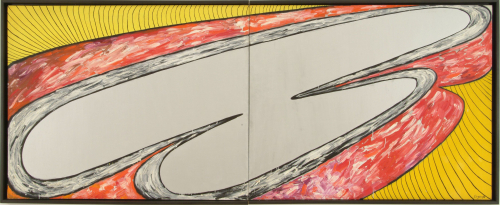
Form No. 5
Yulikov has a special place among the nonconformists of the 1970s-80s: “as the only Russian representative of minimalism,” he creates abstract compositions, archetypal, geometric symbols.

38th Human Situation: a Manager Who Bequeaths His Own Gilt Skeleton to His Charming Widow
Curt STENVERT is an important figure of post-World War II Austrian art. Starting his career as a painter, his way led through experimental film to montage-based object art.
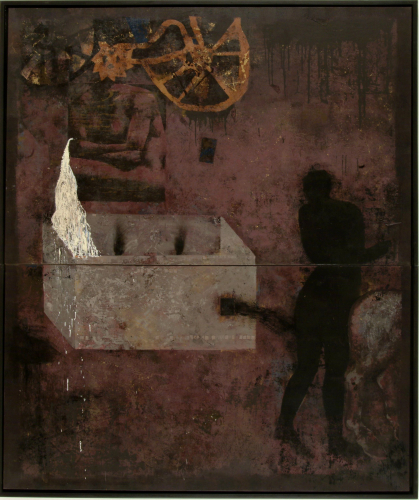
Fiction on the Ambivalent Concourse of Circumstances
Solomukha is a French artist of Ukrainian origin, member of the Ukrainian Academy of Arts. He initially worked as a restorer of icons, but eventually graduated in the field of monumentalist painting.

Solitary Rider
Uwe Pfeifer was born in Halle, Germany, in 1947. An artist of the Leipzig School, he studied under Wolfgang Mattheuer and Werner Tübke.
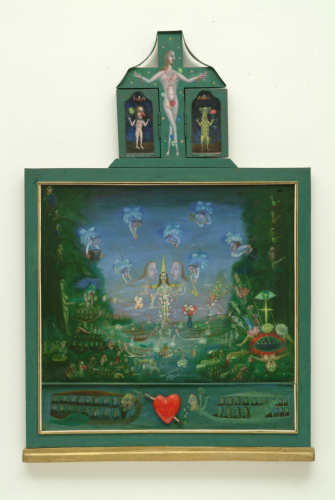
Self-portrait – Ships
Observing Leonid Purygin’s paintings, one will notice a broad spectrum of allusions, as his style can at once be associated with naïve painting and the universe of Hieronymus Bosch.
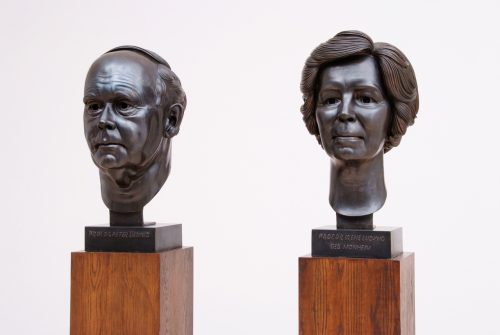
Portrait Busts of Peter and Irene Ludwig
The large portrait statues of the collector-couple became a focus of the then West German public's attention from the moment of their creation in the latter half of the 80s − but this had nothing to do with their penchant for classicism or conservative style; the public outcry at the time was cau
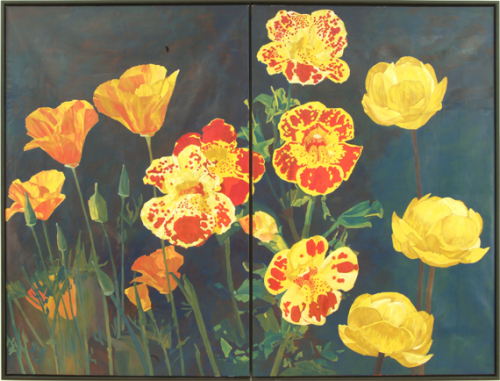
Flowers No. 243
She graduated from the Kunstakademie Düsseldorf in 1978 as a student of Klaus Rinke, where some of her fellow students were accepted into the circle of Neue Wilden.
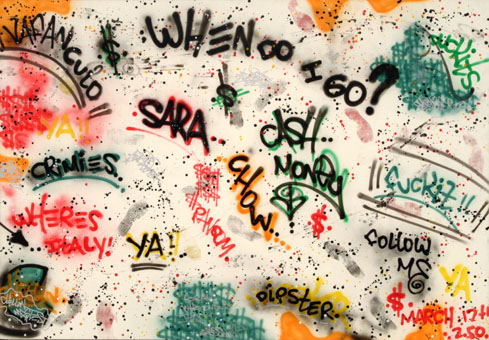
Va fanguell!
Graffiti is a distinct group within the Ludwig Collection in Aachen, consisting of works by artists discovered in the mid-seventies, when they still sprayed their tags, blow ups and pieces illegally, on walls and trains.

Beige and Beige (Projected Shadow of Christine and Samuel Buri)
After studying in Lisbon and a staying in Munich for a while, the Portuguese artist lived in Paris from 1958 to 1983. Her art is associated with Nouveau Réalisme and pop art. It was in the 1960s that she discovered her main subject, the shadow, which can represent both something and its absence.
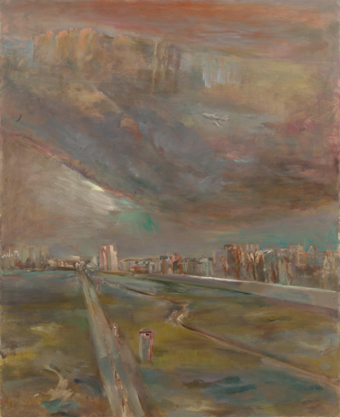
Landscape of Berlin
Painter Sighard Gille was born in 1941, and belongs to the second generation of the so-called Leipzig School. He was a student of Bernhard Heisig and Wolfgang Mattheuer, and he has had his own class of painting at the Leipzig College of Graphics and Book Design (HGBL) since 1992.

Landscape #4
Tom WESSELMANN’s art played an important part in the emergence of the Ludwigs’ collection—the piece held in Budapest is in fact of key significance in this regard as well.
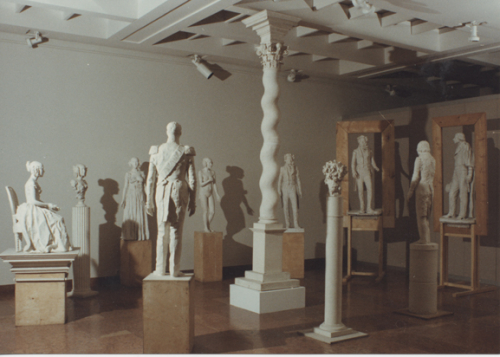
Dedicated to Pushkin
Leonid Baranov has a predilection for representing the scientists and literary figures of the 18th and 19th century Russia in his works; still, the result in most cases is far from heroic and monumental.

Bust in Rastrelli's Style (The Emperor)
According to Victor Tupitsyn, the mission of Socialist Realism was to represent the Soviet identity and disseminate it through an official iconography.
